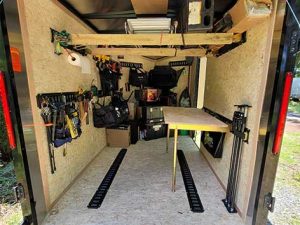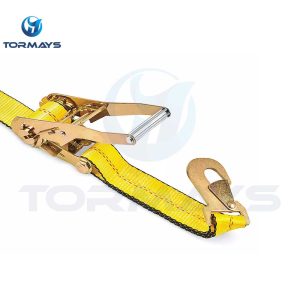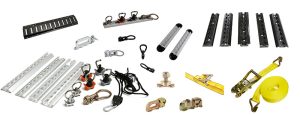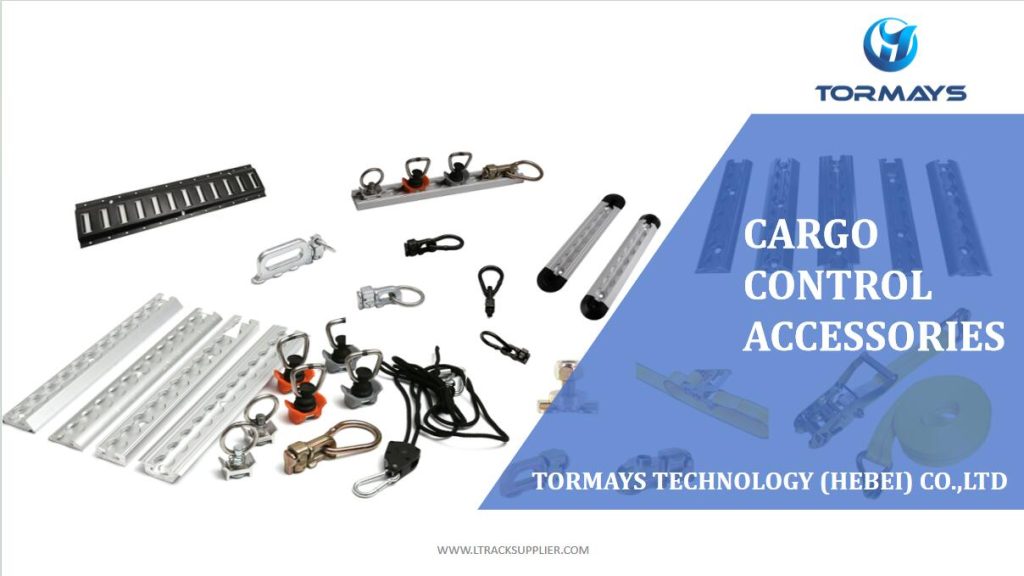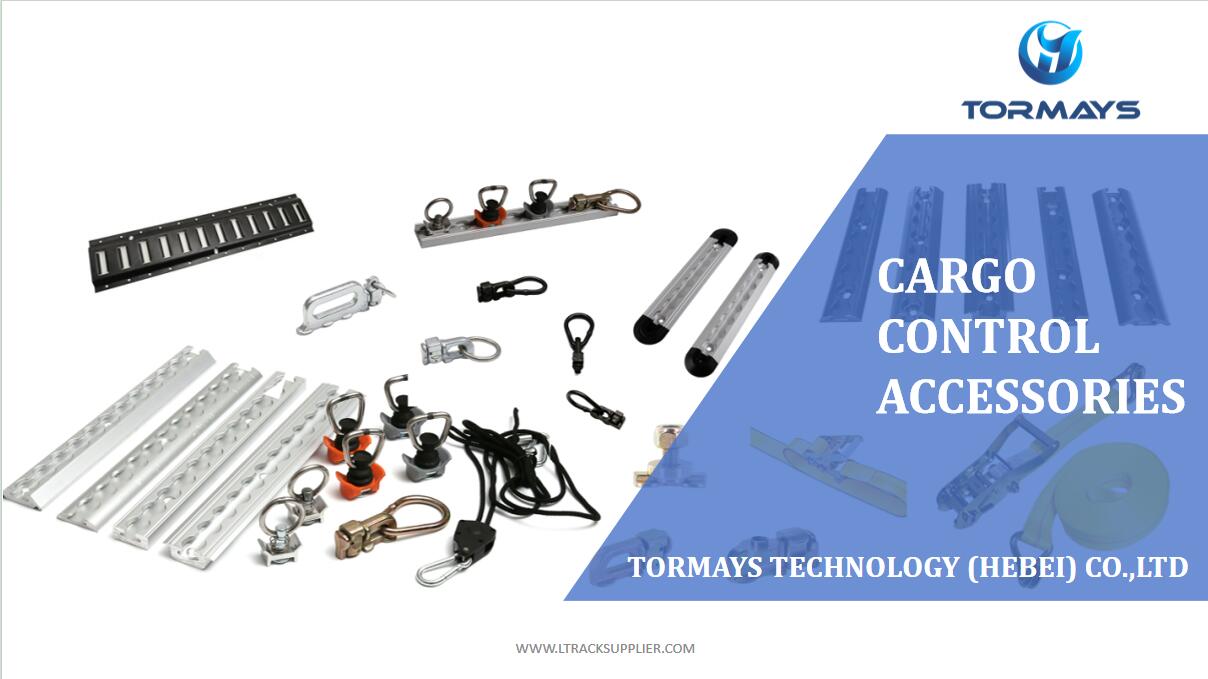When it comes to aircraft interior customization or cargo handling, having reliable logistic tracks and fittings is essential. These components ensure that everything—from passenger seats to cargo pallets—is safely secured during flight. In this guide, we’ll explore the key elements of aircraft logistic tracks, their materials, applications, and how they meet FAA and EASA standards.
1. What are Aircraft Logistic Tracks and Fittings?
Aircraft logistic tracks are mounting systems embedded in the cabin floor, often referred to as L-tracks or C-tracks. They provide secure attachment points for cargo restraints, seat mounting, and bulkhead installations.
The seat track and cargo track are vital components that ensure that seats and cargo stay in place during turbulence or rapid maneuvers. To attach objects to these tracks, tie-down fittings such as single-stud or double-stud fittings are used. These fittings allow for quick installation and removal, helping airlines and operators efficiently manage cabin reconfiguration and cargo operations.
2. Materials and Durability of Aircraft Fittings
Aircraft fittings are built to withstand high loads and resist corrosion. Aluminum alloy (7075 or 2024) is commonly used due to its light weight and strength, while stainless steel fittings are preferred for heavy-duty applications.
To ensure long-term reliability, these components often come with an anodized finish for added protection. Operators also need to be mindful of the load capacity rating for each fitting, as overloading may compromise safety. High-quality aircraft fittings meet FAA certification requirements and are built to resist wear under harsh conditions, meeting MIL-Spec and DO-160 environmental standards.
3. Applications: From Passenger Cabins to Cargo Bays
Aircraft logistic tracks and fittings are versatile, playing a key role in multiple areas:
Cargo Restraint Systems: Logistic tracks help secure cargo pallets and containers using tie-down fittings and quick-release mechanisms. This prevents shifting during flight and ensures safe unloading.
Seat Mounting: Airline operators use seat tracks to install passenger seats. These tracks allow for easy seat reconfiguration to accommodate different layouts.
Bulkhead and Pallet Mounting: Roller tracks assist with moving large pallets, while bulkheads can be mounted for separating different sections of the aircraft.
Interior Cabin Customization: Business jets and VIP aircraft often need flexible layouts, and modular systems using these tracks allow for quick adjustments.
4. Meeting Industry Standards
The aviation industry has strict guidelines for components used in aircraft interiors. Fittings must comply with FAA (Federal Aviation Administration) and EASA (European Union Aviation Safety Agency) regulations to ensure safety and airworthiness.
In addition, many components are manufactured according to TSO (Technical Standard Order) guidelines, which streamline the approval process. AS9100 is another critical aerospace standard that ensures the quality of parts and components used in aircraft systems.
5. Benefits of Aircraft Logistic Tracks and Fittings
Quick and Easy Installation: Thanks to quick-release fittings, operators can make fast adjustments without compromising safety.
Load Optimization: Using modular systems helps operators balance weight distribution, ensuring the aircraft stays within performance limits.
Corrosion Resistance: High-quality materials such as stainless steel fittings and anodized aluminum prevent wear and damage.
Flexibility in Cabin Reconfiguration: Airlines benefit from adjustable layouts, whether adding more seats or accommodating larger cargo loads.
Conclusion
Whether for cargo handling, seat installation, or cabin reconfiguration, aircraft logistic tracks and fittings play a vital role in ensuring safety, flexibility, and efficiency. The combination of FAA-certified components, lightweight aluminum materials, and quick-release mechanisms offers a reliable solution for operators. As the aviation industry continues to evolve, the demand for modular systems and load optimization will only grow.
Understanding the importance of these small but essential parts helps ensure smooth operations, whether flying commercial passengers or managing freight in the cargo hold. With AS9100 standards and TSO compliance, airlines can trust that these fittings are built to last under the toughest conditions.
By optimizing your aircraft with the right logistic tracks and fittings, you’re investing in the future of safe and efficient air travel.

